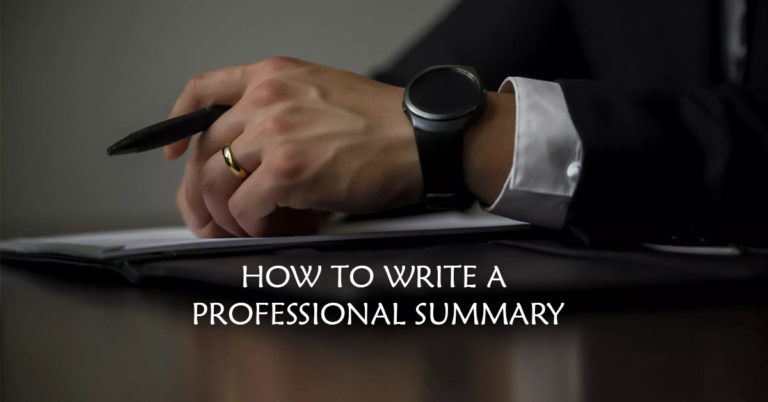Posted on May 25th, 2019

The chronological resume (from most recent to past work experience) seems to be the most popular format used. This type of resume contains:
This type of resume may be fine for someone who is experienced, most employers prefer candidates who have current or very recent experience in their career fields. The more experienced this new employee is, the less likely it will be that the employer to spend time and money to train them, If you have a straightforward work history – one where you have work experience in the job area you are targeting, with few significant unemployment gaps – then a chronological resume is the way to go. While it’s fine to include two or three job descriptions in your “Professional Experience” section but If, on the other hand, your career history has included a lot of job-hopping between short-term roles or is in a field different from the one you are currently targeting or you are switching careers or a fresher, this type of resume will mostly put you in the “no” pile. So how do you showcase your talents if you can’t lay them out like everyone else?
you might want to think about using a non-chronological functional resume or a combination resume format instead. Then comes the question:
What is a functional resume, and when should you use one? A functional resume is less commonly used, rather than on your chronological work history, it focuses on your skills and experience. This is different from a traditional resume which in turn displays a timeline of reverse work experience with brief explanations of each job. As a result, the focus is shifted from job titles and the amount of time that has passed to the actual skills the applicant possesses. Recruiters and interviewers prefer this format, so if you do not have a reason for using a functional resume, opt for a chronological one.
A functional resume is particularly useful for people who:
Don’t exactly fit the mold of what recruiters are looking for in the positions they want.
The reason functional resumes work well in these situations is that many of us have acquired skills while working that are very transferable. For example, if you have worked as a retail manager, chances are you were responsible for hiring, training, coaching, evaluating and handling employee relations issues.
There’s a good chance a hiring manager (or computer) might skip you for not hold the title of human resources manager even if 50 percent of your day was spent dealing with HR-related issues.
It all comes down to how you package yourself. You can give employers the same information, only in a new and improved package. This is bound to get you more interviews, which will increase your chances of landing the job you want.
For more information please visit our website W3Global, Inc.
 It isn’t What you say, It is How you say is called Communication
It isn’t What you say, It is How you say is called Communication Bonding + Rapport = Strong Pipeline
Bonding + Rapport = Strong Pipeline Empathy... Need of the hour !!
Empathy... Need of the hour !! W3Global, Inc. unveils New Logo and Redefines Staffing Strategies
W3Global, Inc. unveils New Logo and Redefines Staffing Strategies Ways To Survive The COVID-19 Crisis
Ways To Survive The COVID-19 Crisis Can’t wait for this moment
Can’t wait for this moment How to answer “why work here?” question like a boss
How to answer “why work here?” question like a boss Let never a “Video interview” invitation ever bother you anymore…
Let never a “Video interview” invitation ever bother you anymore… Second Interview nerves? Here are some tips to boost your confidence and help you conquer that interview!
Second Interview nerves? Here are some tips to boost your confidence and help you conquer that interview! How to make your Hiring manager think that they are crazy if they don’t hire you
How to make your Hiring manager think that they are crazy if they don’t hire you How to write a Professional Summary that will WOW hiring managers!
How to write a Professional Summary that will WOW hiring managers! How to catch the hiring manager’s attention from the get-go
How to catch the hiring manager’s attention from the get-go How to avoid rejections from HR Managers or Recruiters
How to avoid rejections from HR Managers or Recruiters How to grab a Recruiter’s attention by changing just 5 things in your resume
How to grab a Recruiter’s attention by changing just 5 things in your resume